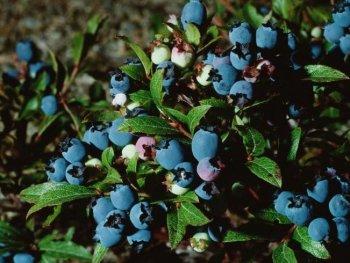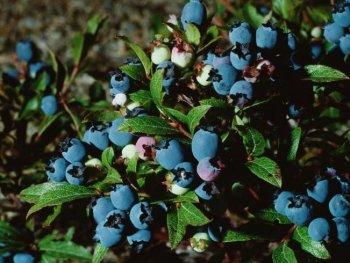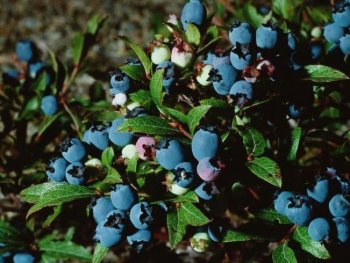The First Nations Food, Nutrition, and Environment study highlights the value in traditional foods and outlines concerns of declining access to traditional food sources.
The researchers used water, hair, and food sampling as well as interviews to assess the nutritional and environmental status of the communities.
Donald Sharp, one of the lead researchers, said he was surprised to find how concerned many First Nations communities are about food security.
“They did not feel that they had enough access to the foods that they are used to, the traditional foods. That came up pretty strongly,” he said.
Obstacles reported in accessing traditional food were lack of equipment, transportation, time and availability, government and conservation restrictions, and climate change, which affects hunting populations.
The first portion of the study, conducted in B.C. starting in 2008, involved 1103 participants in 21 communities. The study, the first of its kind, will continue in communities across Canada, region by region, over a 10-year period.
Funded by Health Canada and conducted in a partnership between the AFN, University of Northern British Columbia, and Université de Montréal, the study hopes to address some of the current gaps in knowledge regarding traditional diets and environmental contaminants in food.
Jody Wilson-Raybould, AFN’s regional chief for B.C., said the study will show exactly where improvements need to be made.
“The results contained in this report are valuable to First Nations because communities will be able to set priorities for further action and advocacy whether it is based upon nutritional needs, environmental contaminants in foods or water or even as it relates to mercury exposure for all sources.”
“It’s a partnership between the project and the community, because all that data goes back,” he said.
Reaction to the study has been positive because of the participatory methods used, Sharp said. Communities are asked to make recommendations and the results are given to them to be used for future advocacy work. Community members will also be trained in how to use the data to effect change.
“We’ll be using this for advocacy purposes, and the communities themselves will be using it for advocacy as well. The whole purpose of this is to try to improve things, to get things changed. So when we do find the data that justifies that a change should be made, we present that data,” he said.
Due to the scope and comprehensive nature of the study it can be used as a strong reference for future research, he added.
“We’re doing things I don’t believe have been done before ... This will not only highlight the findings of the results but will serve as a baseline for future studies. It’s the baseline by which we can judge any kind of intervention that we hope are generated from this study.”
Loss of traditional lifestyle and access to affordable healthy food is cited as a contributing factor in the high rates of diabetes and obesity among aboriginals.
According to the Canadian Obesity Network, up to 40 percent of adults on reserves have type 2 diabetes compared with 7 percent in the general population. In addition, aboriginals are diagnosed with diabetes 10 to 20 years younger than the general population.
The obesity rate for aboriginals overall is 32 percent and averages 36 percent for those living on reserves, compared to the national average of 24.1 percent. Obesity is known to play a major role in both heart disease and diabetes.





Friends Read Free